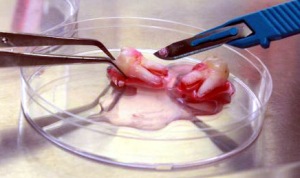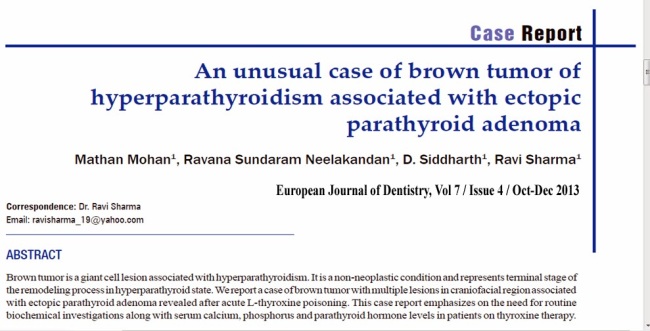There was a time when no one would even think of doing hair transplant surgery on young men. It was agonizing for this group of young people because thinning, balding, and receding hairlines often started before they got out of their teens. Now the procedure is being opened to young men – but with restrictions.
Because losing hair at such a young age is very traumatic, hair transplant doctors do not like to go along with the patients’ snap decisions. After an in-depth consultation, the doctor will do everything in his power to put off the surgery. He will ask the patient to come back for a final consultation in six months or so. Many doctors will refuse to do immediate hair transplants if they are put to the test.
There are advantages to getting hair transplant surgery under the age of 25. Most of these patients are healthy. They do not usually take medications. As per the few of our experts at Smile Carve Hair Transplant Centre, Jaipur suggests that such patients are often optimistic and have the motivation required to make the commitment needed for what may end up being lifelong treatment.
When a young man gets a hair transplant procedure, it can avert many problems with low self esteem and lack of self confidence. With older men, these attitudes are already ingrained so that it takes some doing to change them. If the hair restoration is started early enough, the young patient need never feel the stigma of being bald for very long at all.
A doctor who is skilled in doing hair transplant procedures on young people will do some investigation before tackling such a project. He will ask to see members of the family to assess their hair loss and how the young person might inherit hair loss traits from the family. If family members cannot be present, the doctor might ask for photos.
One trick of doctors, who work to give young people hair transplant surgeries, is to guide them in setting the hairline. A young person will usually want a fairly low hairline. He remembers the way it was just a few short years ago and wants to duplicate the image.
A good hair transplant surgeon will discourage a low hairline. Instead, he will campaign for a higher hairline. There are several advantages to this. One is that, with less top hair to cover, more donor hair will be saved. Since the young patient will be dealing with this problem for a long time, this is a necessary consideration.
When the hair transplant doctor achieves a higher hairline, he will be able to get more fullness on the top of the head because he has less to cover. This is not to say the young person will have a receding hairline when the procedure is complete; just that the hairline will not be too low.
There is no reason for young people to enter adulthood without a full head of hair if they can get a hair transplant. This option is now open to them. It is bound to make many young men very happy.

